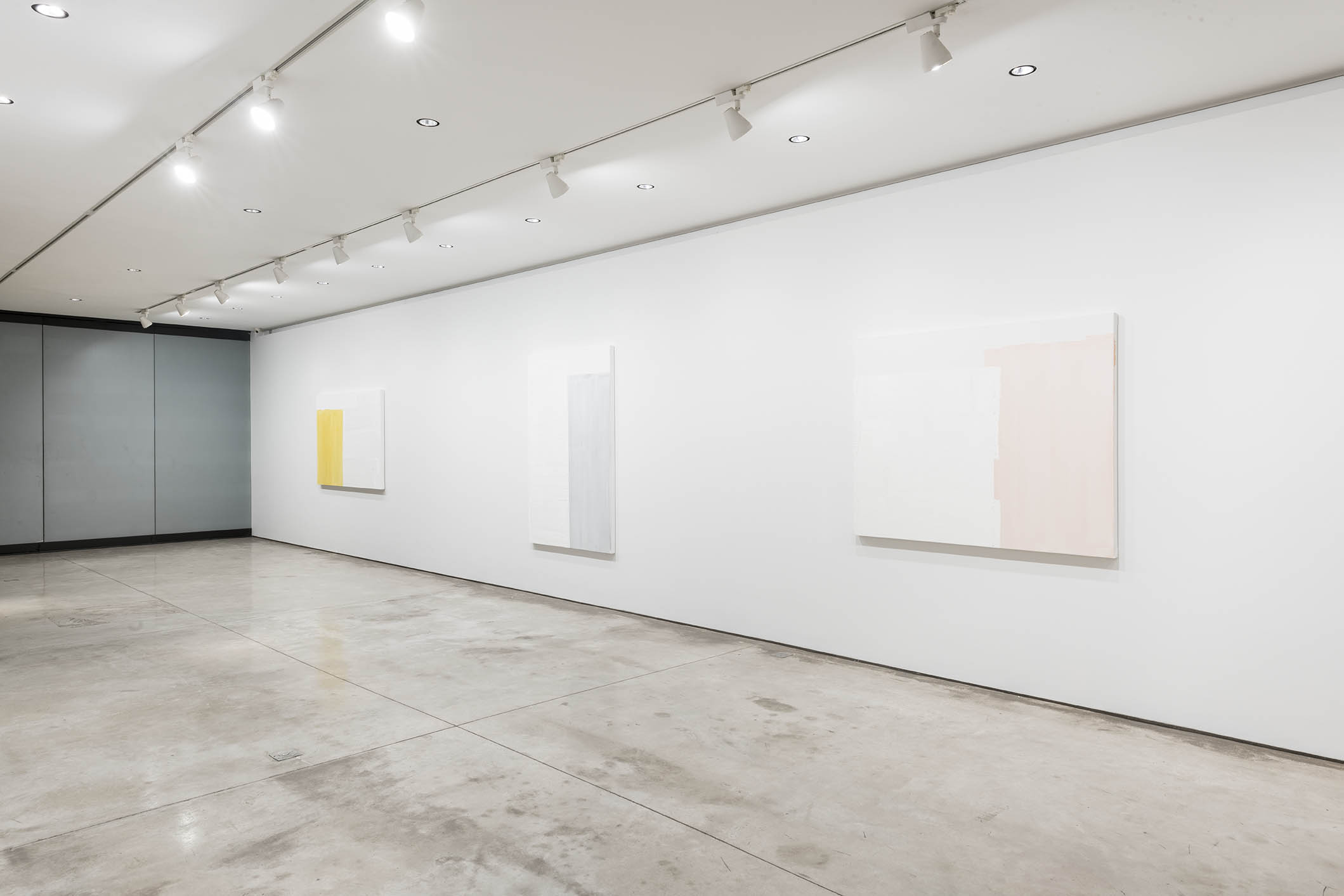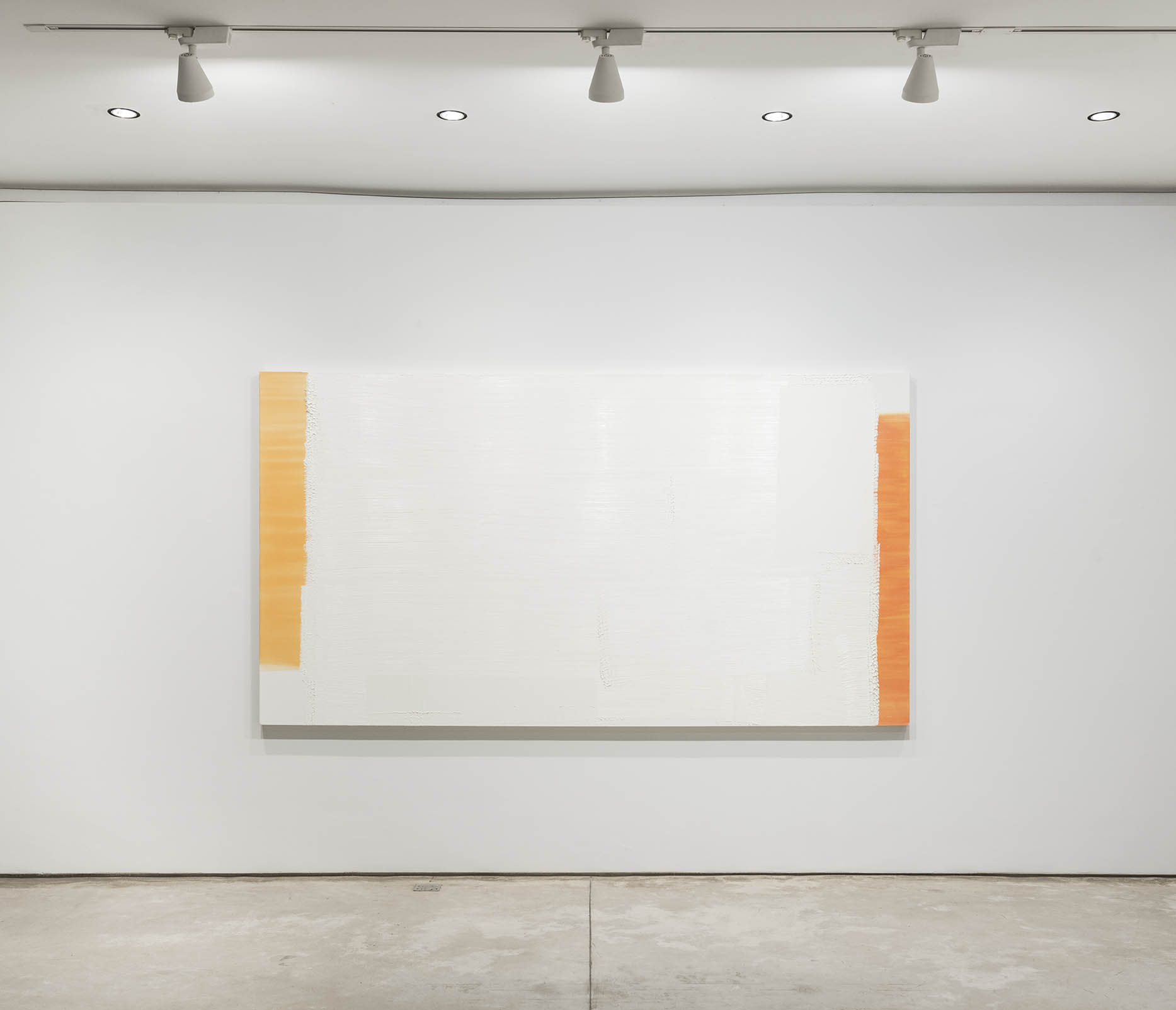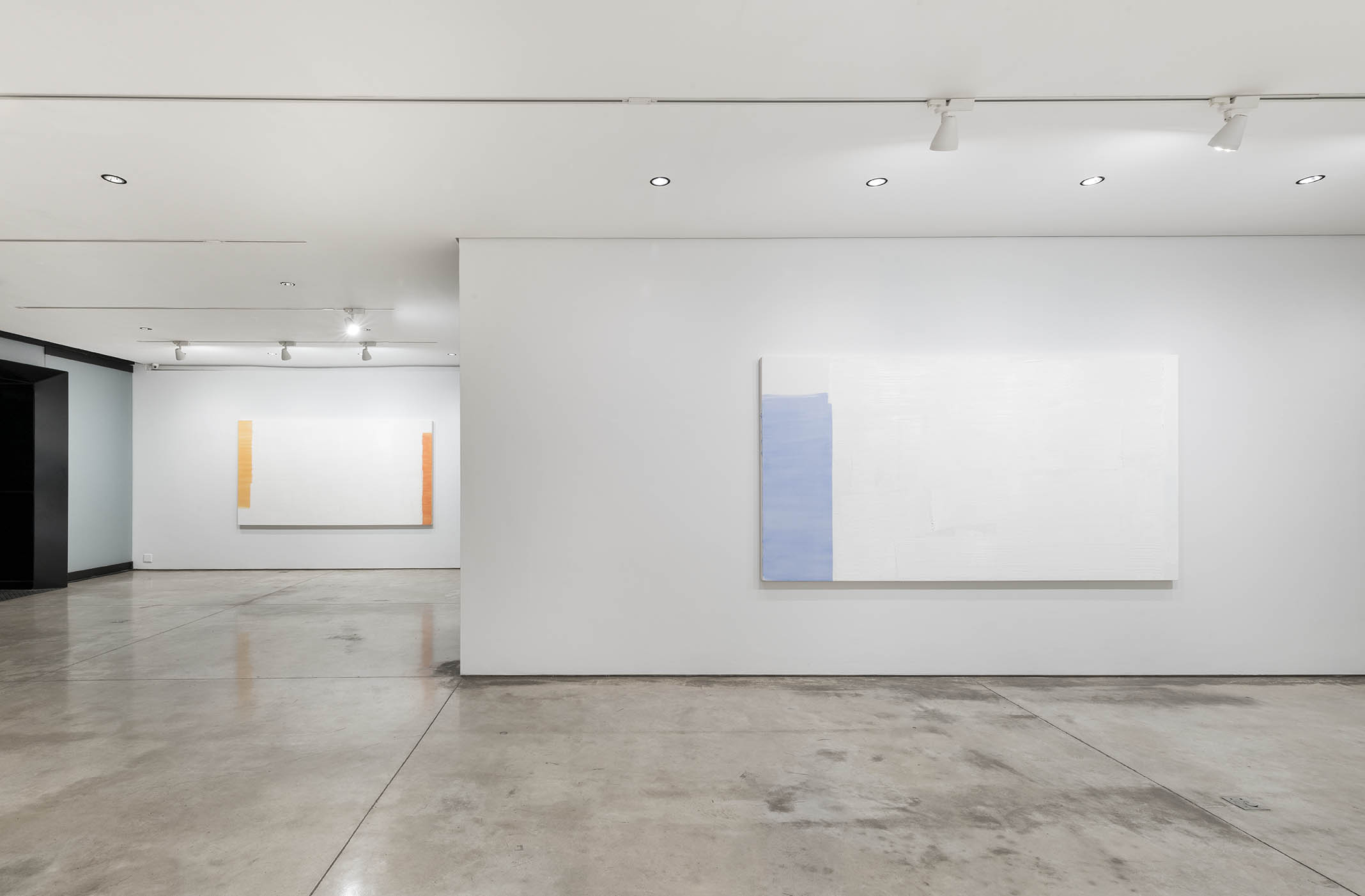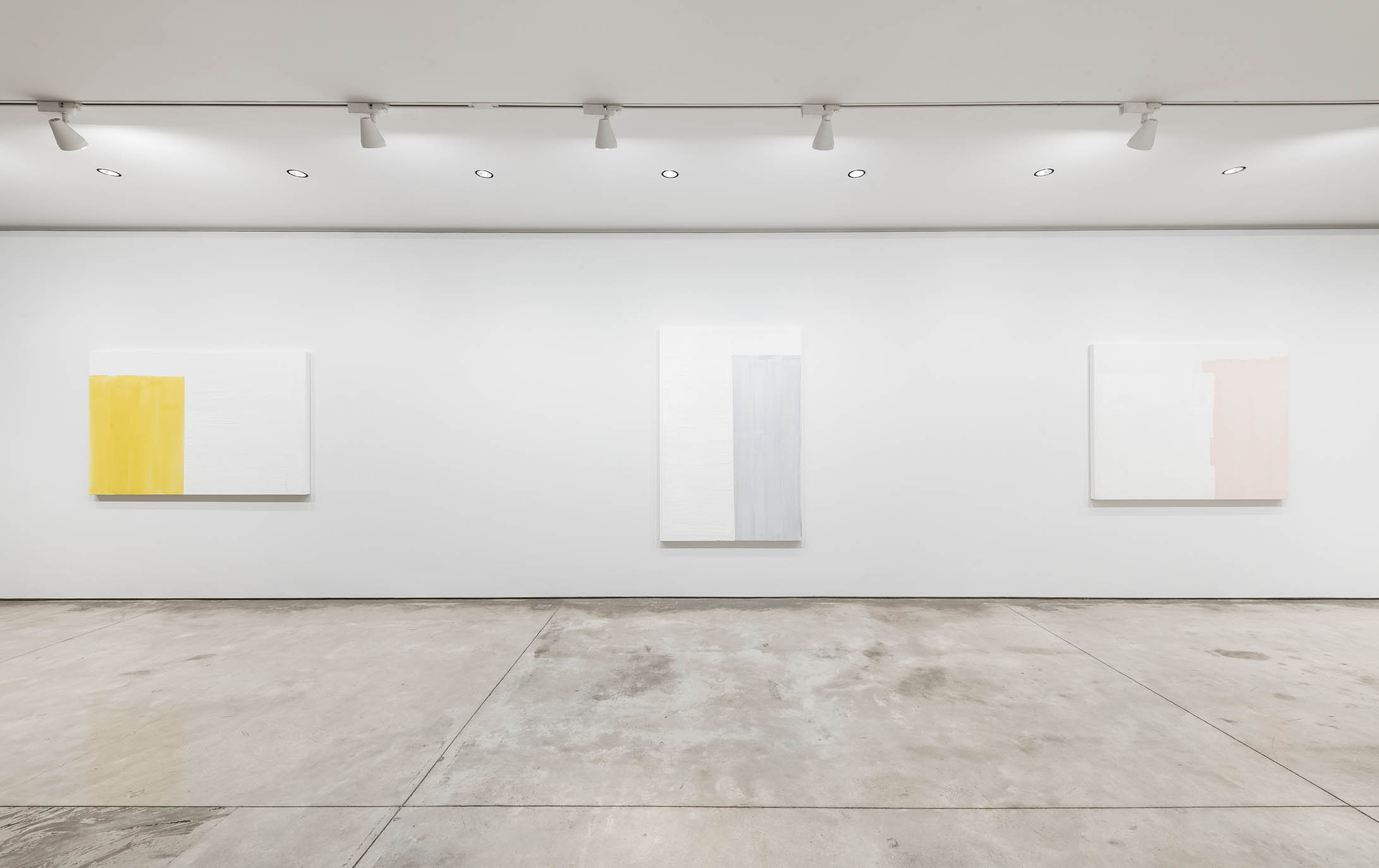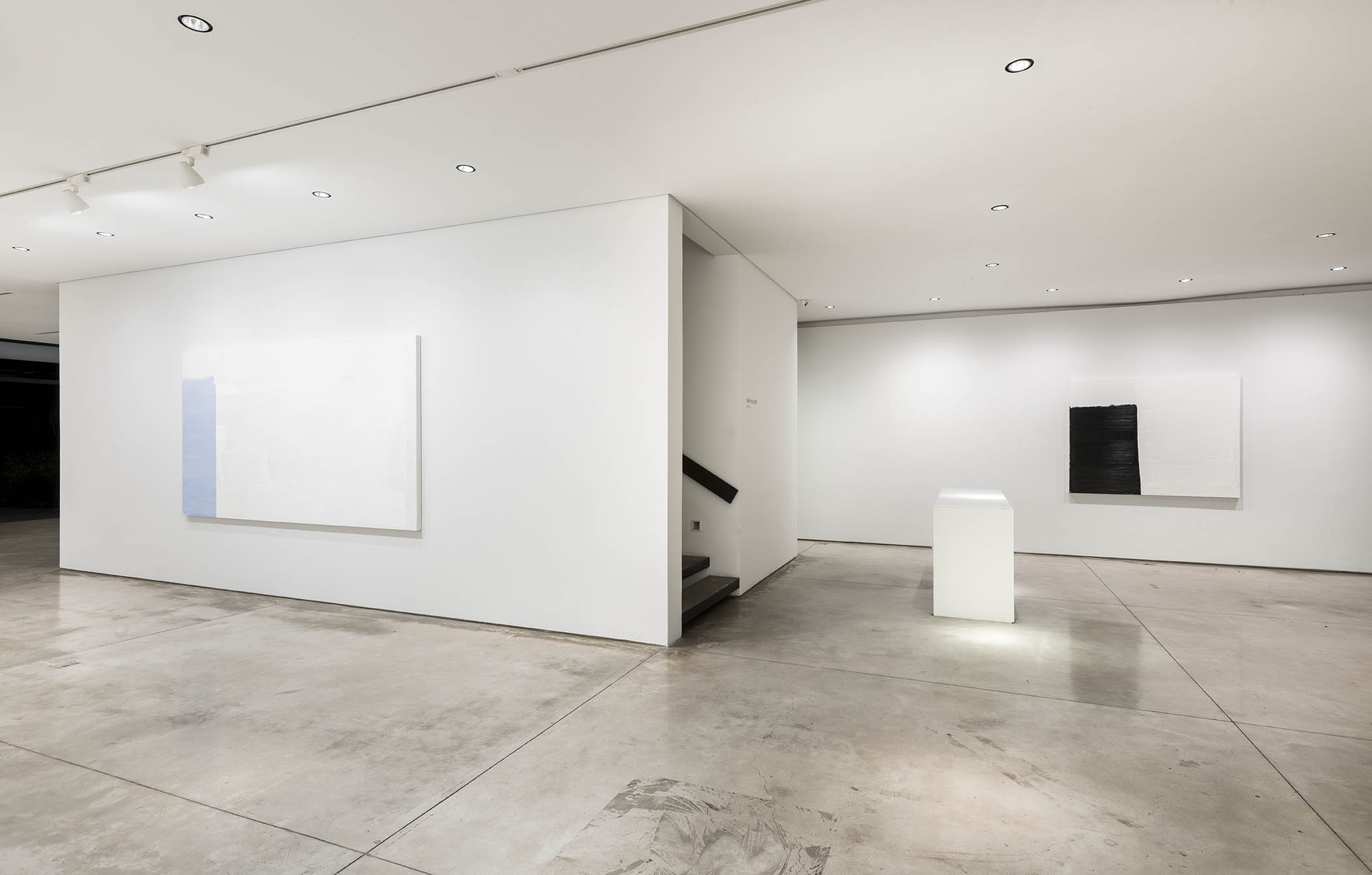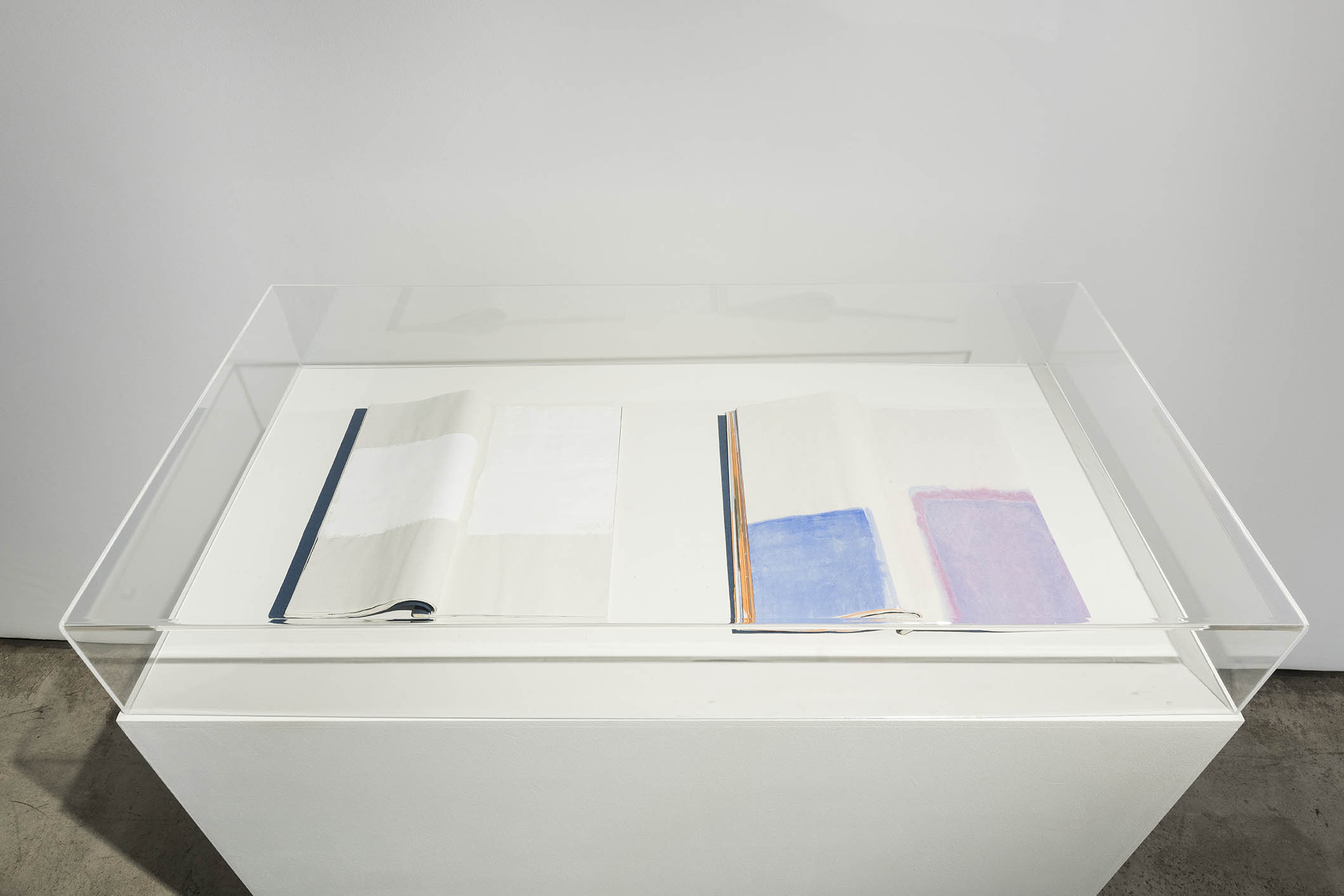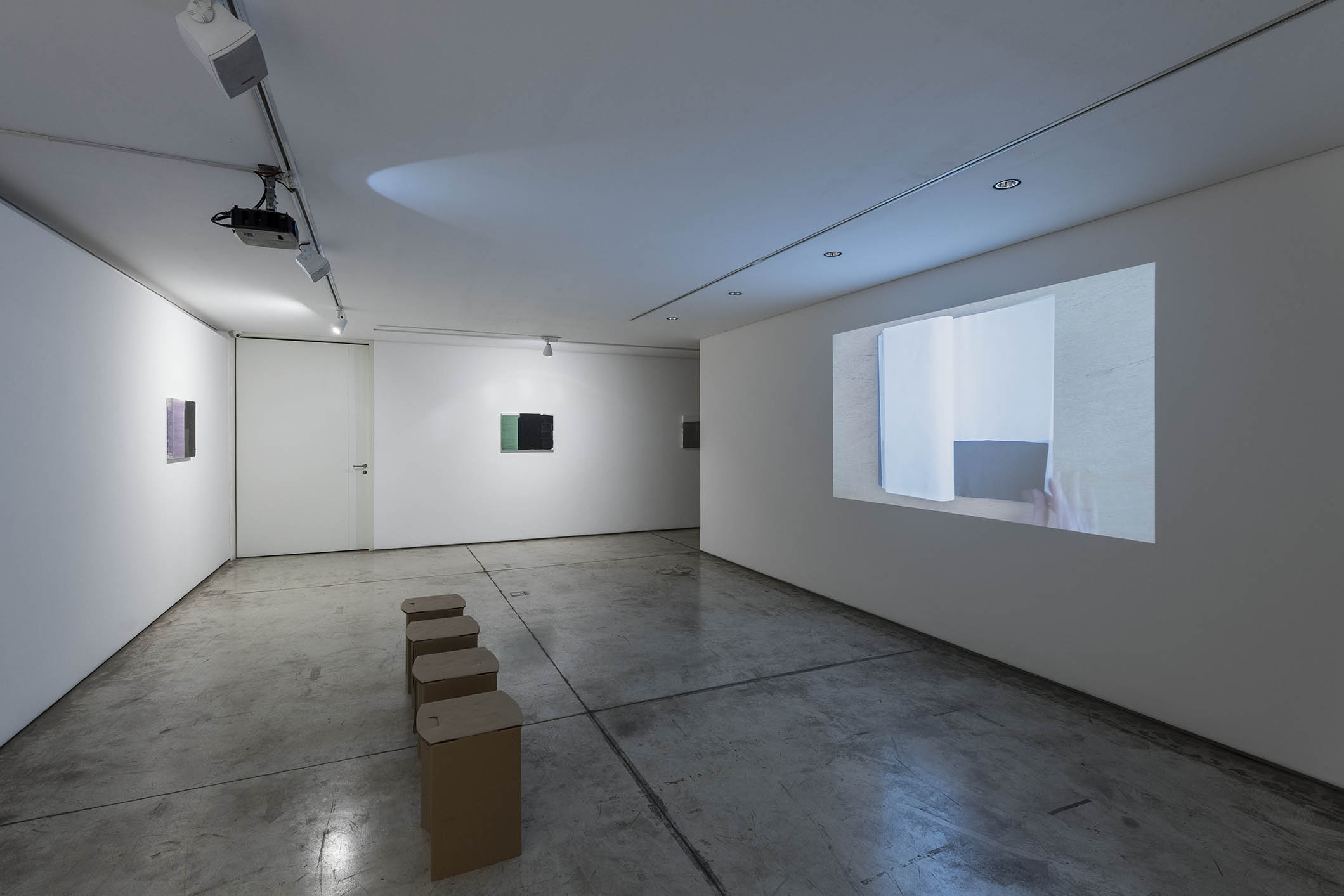célia euvaldo: paintings
11 may - 22 july_ 2023

“When the disciple is prepared, the master always appears.” This popular motto is shrewd like a few philosophical affirmations. Célia Euvaldo and I were born in the same year. We both grew up in São José dos Campos, even though we studied in different schools, which implicated us having distinct cliques. Around 1988, Alberto Tassinari and I saw her drawings for the first time.
The time passed, we live in very distinct countries and cities. I am certain that I’ve seen all of her exhibitions, except the ones that happened in São Paulo. And I couldn’t see the importance of her work. The only explanation that I find for this is in having distrusted my senses for knowing the artist since we understood each other as people and, thus, fearing letting myself be carried away by the affections. Only when the analyses of other critics of art helped me see her qualities, I dared to engage in understanding her painting.
Around thirty years, both in drawings as well as in paintings, she limited herself to only using blacks and whites. “Limit yourself” here means taking the major force and complexity of the possible aesthetic of her materials. In fact, with both – the blacks and the whites – the painter obtains a complex and diverse relation in her treatment of the light obtained only by great sculptors.
With the blacks and whites, Célia uses instruments ranging from brushes to brooms and squeegees. With them, the light is able to reflect, shine, striate, or annul. With the whites, this natural element, the light, turns into shadow. The different reliefs produced by gadgets made the striations pair up, slant to different sides, and produce distorted shadows.
In 2018, in the exhibition at Galeria Raquel Arnaud, where colors started to have more presence on the canvas, the critic Ronaldo Brito wrote: “They [the colors] burst into the frame, resolute, instinctively mixed and diluted. The wisdom consists of finding its `temperature´, the level of intensity that confronts and approaches the blacks and whites who are strangers and coexist. […] On the contrary, as evidenced by their quick and liquid workmanship, in every way opposed to the material black, punished with grooves, they introduce a flagrant discontinuity in these canvases which, precisely because they support an unstable form – do not yield, in short, to a previous harmony – are shown”.(1)
A canvas is divided into three irregular areas– a wider black strip is separated by a dark green-olive strip of similar height to the previous and pressed by another narrower strip that rises from the right side to the upper limit of the canvas. Wisely ambiguous, the two side stripes seem to overlap and make the green strip irregular. At the same time, we can perceive them as a compression movement on the green band.
Other canvases of large dimensions have the limits of two strips of different hues of salmon, irregular both in width and verticality. Again, we are taken to accentuate the white surface, and sometimes the inadequacy of the goals is interrupted at both ends.
The screen with two black strips, placed at its ends, suggests a strong symmetry just to provide us with an optical illusion. All of the canvases in the exhibition allow for an experience of incompleteness and disequilibrium that is so common nowadays, but only a few works of art make it possible to glimpse.
The works that used the blacks and whites already created differences, above all a way of welcoming the light. With the use of colors, without giving up subtlety, I have the impression that the artist decided to accentuate incompleteness and imbalance. Create a waiting and postponed world that could otherwise come together once the master presents himself.
Post scriptum
After the exhibition was conceived, a possibility aroused to use also the mezzanine of Galeria Raquel Arnaud with a few canvases and two films created by the artist. A notebook with drawings in black and white, of 2015, and another with pages of diverse colors, from 2015-2020. Their movement is limited to leafing through and handling the notebooks. Both are projected onto the back wall.
Handling a book or notebook produces a typical sound of a page rubbing against another. However, this same mismatch also occurs in films. Sounds and images are also “images”, reproductions.
The big difference from the millions of images of the two airplanes that destroyed the Twin Towers in New York, in September 11 of 2001, is that these two brief films can be confronted side by side with the canvases that restore a sensitive and powerful experience to life, and that tend towards an arguable reduction, but, I believe, with no possible return.
(1) Published originally in the folder of the exhibtion “Célia Euvaldo” at Galeria Raquel Arnaud, São Paulo, in 2018.
Rodrigo Naves, 2023.
Exhibition: Célia Euvaldo: change of color
Visiting hours: until July 22, 2023 (free entry)
Telephone 11. 3083-6322, e-mail info@raquelarnaud.com
Galeria Raquel Arnaud
Rua Fidalga, 125 – Vila Madalena – telephone: +55 11 3083-6322
exhibitions images
